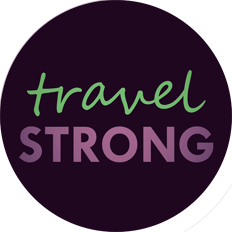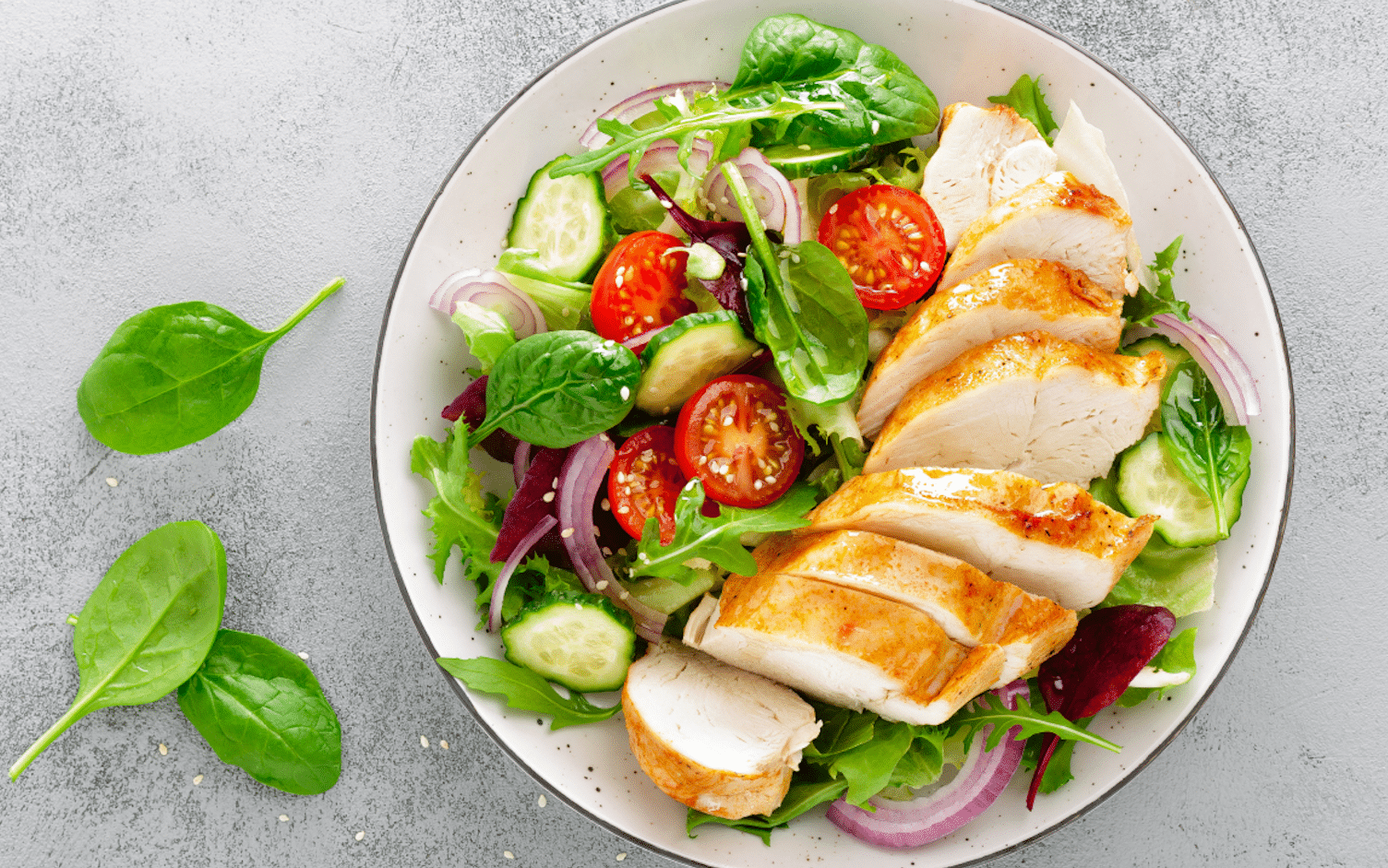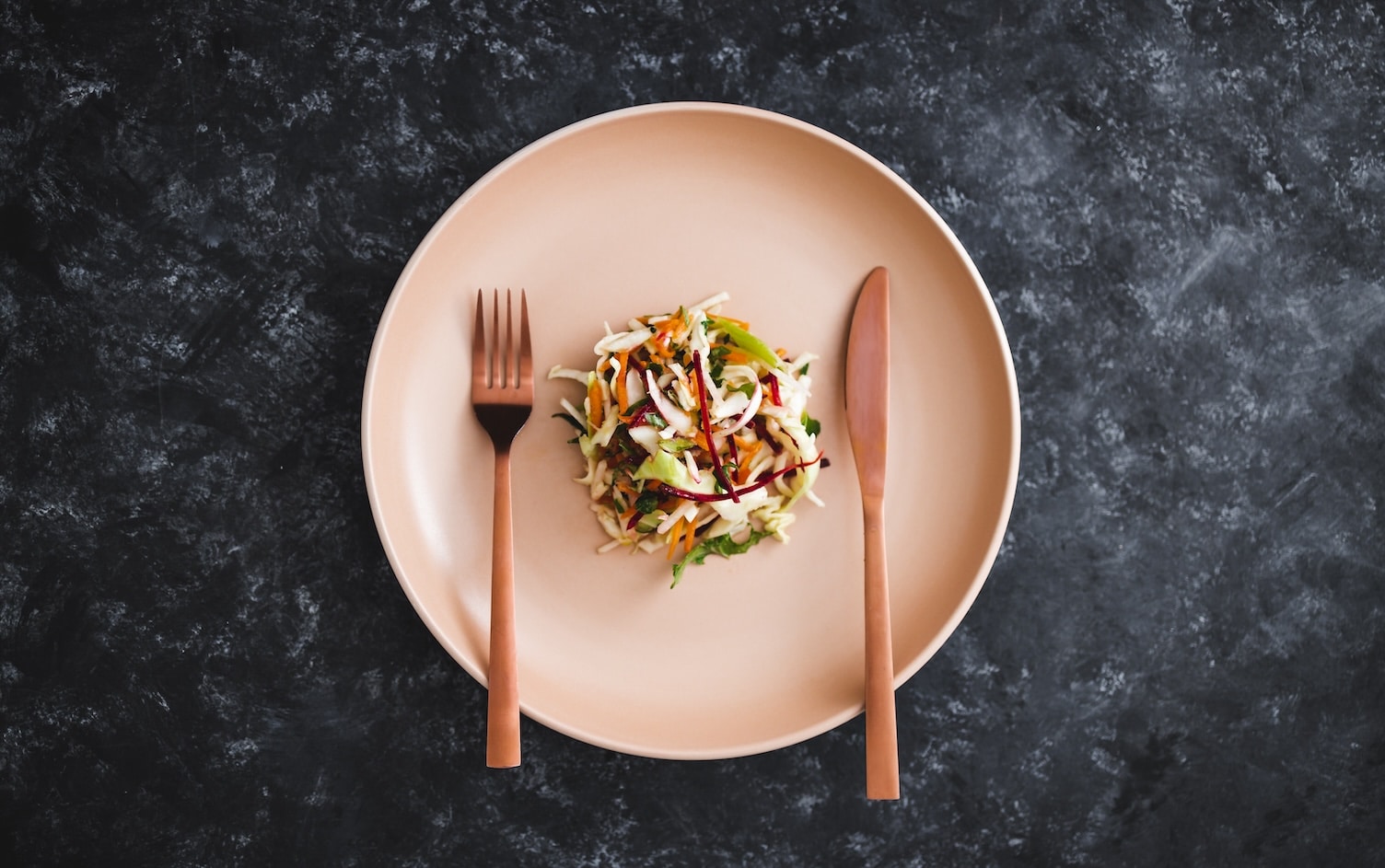 Walking? Really? Don’t you have to do some sort of high-intensity workout that leaves you feeling beat up for days to lose fat? Well actually, no.
Walking? Really? Don’t you have to do some sort of high-intensity workout that leaves you feeling beat up for days to lose fat? Well actually, no.
I could try to convince you that walking is the quickest way of burning fat, but that would be a very long post. And I think getting out and doing it would serve you more than sitting here and readying about it. For anyone who is out of shape, suffers from an injury or some other form of physical limitation, or simply wants to preserve muscle mass while burning fat, walking is an excellent form of exercise.
No, it won’t help you prepare to run a marathon, but walking can build a base level of fitness that will enable you to move onto more strenuous forms of exercise down the line. Best of all, almost anyone can do it. It doesn’t matter where you are, or how old or young you are, you can simply head outside and start walking. And like any form of exercise, walking burns calories and therefore fat.
Here are three simple walking workouts you can do anywhere. I like to head outside and enjoy the fresh air, but if it’s a particularly miserable day you can do them on the treadmill, too.
1. A Nice, Long Walk According to the Mayo Clinic, running is thought to burn around 800 calories an hour, while walking only burns around 350. That’s a big difference, but the fact is you can walk for a lot longer than you can run (unless you’re extremely fit). So while running for an hour might burn a lot of calories in a short amount of time, going on a 3 hour hike would actually burn more calories (and therefore fat) overall. And you have the added benefit of reduced chance of injury.
Burning fat really is that simple. Next time you’re not in the mood for a strenuous workout, put on some comfortable shoes, head out into the world, take comfort in the knowledge that you’re getting fitter, healthier, and leaner.
2. Fast & Slow Workout Beyond losing weight, walking can be incredibly beneficial to your health. Think: a reduced risk of hypertension, high cholesterol, and diabetes, and better cardiovascular health. But to really tap into these benefits you need to raise the intensity. Here’s how:
- Walk at a comfortable pace for 5 to 10 minutes.
- Walk quickly for 1 minute.
- Return to a comfortable pace for 1 minute.
- Repeat this pattern for a total of 30 minutes.
When this becomes too easy, add difficulty by reducing the periods of walking at a comfortable pace and increasing the time spent walking quickly (up to 5 minutes). You can also add in hills or increase the overall time of the workout.
This slow-fast-slow walking method will help prepare you to move onto more strenuous forms of exercise, such as running.
3. Bodyweight & Walking Intervals Turn your walk into a total-body workout by including bodyweight exercises at intervals.
- Walk at a comfortable pace for 5-10 minutes.
- Walk at a moderate (slightly quicker than comfortable) pace for 5 minutes.
- Perform a bodyweight exercise for 10 reps.
- Walk at a moderate pace for 5 minutes.
- Perform a bodyweight exercise for 10 reps.
- Repeat until you have performed a total of 5 bodyweight exercises.
Not sure which bodyweight moves to incorporate, here’s an article I recently wrote on my 5 favorites. (There are more great suggestions in the comments on that post, too.)
Ready? Set? Walk! Tell us which of these three walking workouts you’ll be trying today!




